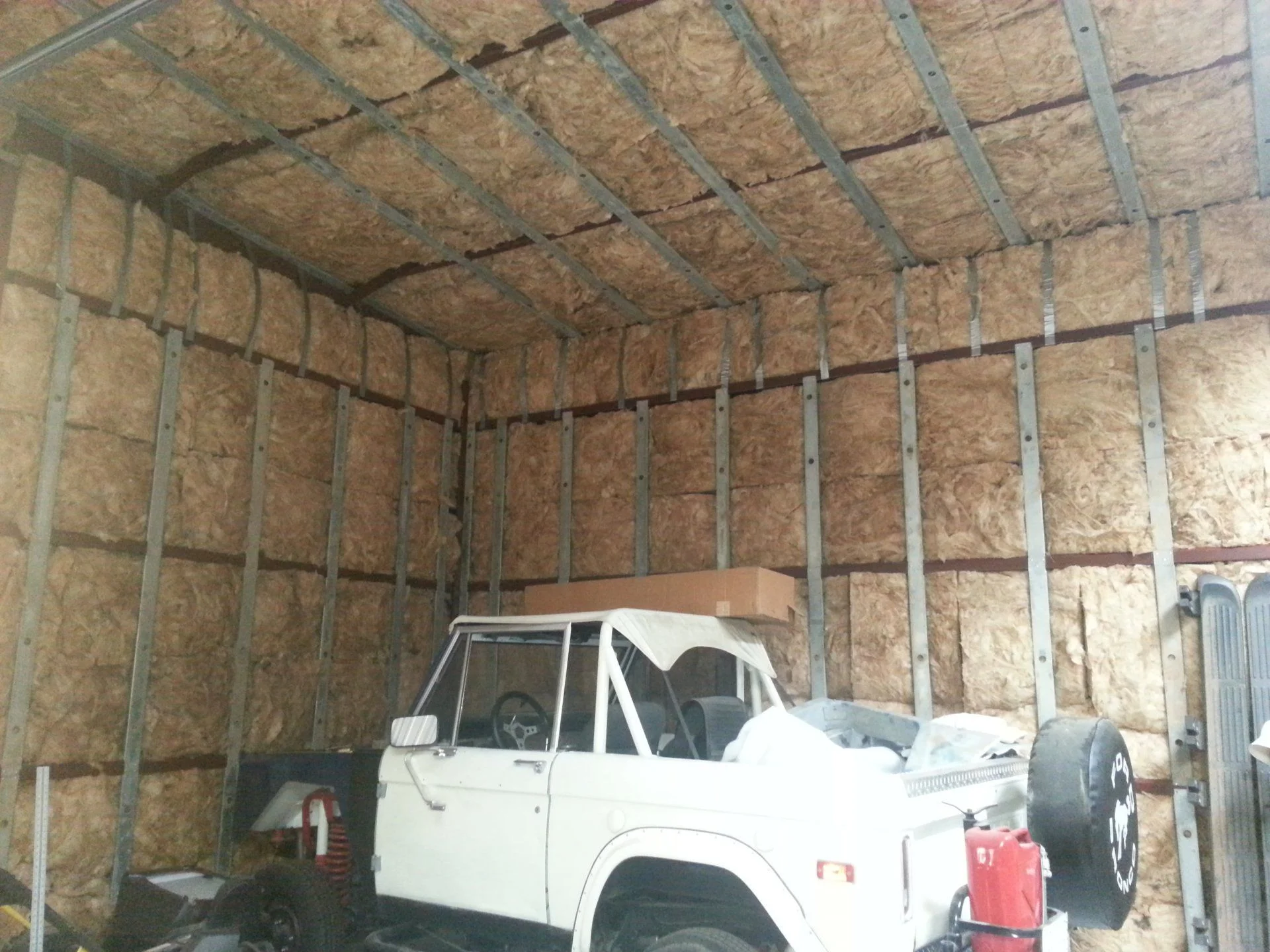The bubble wrap is a radiant barrier with little to no measure able R value. Haven't found much benefit to using in any enclosed metal building that'll be climate controlled.....not much benefit to those that aren't, beyond its stated purpose of radiating heat outward from the subsurface of metal roofing panels.
The issue with unprotected batt insulation in a single skin metal exterior is the inability to mitigate moisture that occurs on the bottom of the metal panelling. Moisture accumulates on the panel, then the fiberglass which not only decreases its ability to retain, but has been said to be a mold growth area.
Wrapping a cold can of favorite beverage up in it on a warm days illustrates an accelerated process of the batting becoming moisture laden and in a roof application, the moisture has little means to escape.
Vapor barrier characteristics of the insulation are as important as retention and typically is on the bottom of the insulation in steel buildings, because the framing itself is thermally conductive, therefore more surfaces to allow sweating to occur.
The issue with the very costly spray on is in preparation. Most failures I've seen of the product are a result of improper cleaning of the substrate, due to the residue left during the rolling process, but also its inability to expand and contract, as all metal roofs do, fatiguing over a period of time.
There are high end batt insulation systems with a finished face that acts as the vapor barrier and in the most extreme environments, perform well. (In most instances, unless the HVAC system fails for any period of time in a structure housing a pool. Not good)
Ultimate solution to pre-engineered metal buildings is pre-insulated panelling, but very expensive still and until federally mandated efficiency standards are adopted, won't become any cheaper.
3" reinforced vinyl backed metal building insulation installed between panels and sub structural is an absolute minimum, in my opinion, then batt insulation could be added below. Not ideal, per industry standards, but a huge improvement.
Having been in the industry since '93, with experiences of many different systems, on commercial property I own, I metal band the bottom of the substructural, roll faced insulation in the cavity, securing backing to bottom of purlins (vapor barrier) then unfaced perpendicular to sub structure. It's not a measurable R system, since application procedures are a huge part of its efficiency, but, during the hottest summers, cooling 36k SF averages $700-800 more than any given month of winter, with the equivalent of an R-30 batt (6" cavity/6" batt).


